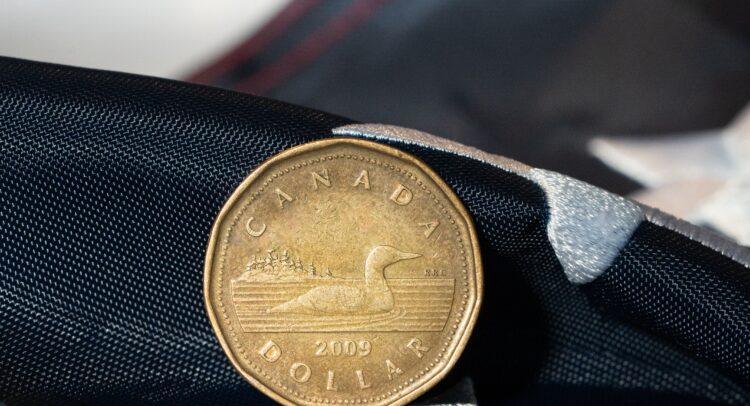In an unprecedented economic shakeup, the Canadian dollar has plummeted to its lowest level against the U.S. dollar since 2003, sparking concerns across financial markets and among policymakers. The exchange rate hit a stark low of C$1.47 to one U.S. dollar, a level not seen in over two decades, amid escalating trade tensions and recent tariff impositions by the United States.
The sharp decline follows a series of tariff announcements by the U.S. President Donald Trump targeting Canada, Mexico, and China. These tariffs have rippled through global markets, but the Canadian economy has felt a particularly harsh blow due to its close economic ties with the U.S. The immediate reaction was a significant drop in the Canadian dollar’s value, as markets braced for the impact of retaliatory measures from Canada, which has promised to impose counter-tariffs on a range of U.S. goods.
Analysts are quick to point out the multifaceted implications of this currency devaluation. For one, it makes Canadian imports more expensive, potentially fueling domestic inflation. On the flip side, it could make Canadian exports more competitive on the global market, though this benefit is overshadowed by the uncertainty of ongoing trade disputes.
With a weaker Canadian dollar, the cost of goods, especially those imported from the U.S., is expected to rise, affecting consumer spending and the cost of living.
Foreign investment in Canada could see fluctuations, with some investors viewing the devaluation as an opportunity to buy Canadian assets at a discount, while others might be deterred by the economic instability.
The plummeting Canadian dollar signals to the world a potential fragility in one of North America’s major economies, possibly leading to a reevaluation of investment in Canadian securities and real estate.
The stock market has shown signs of distress, with the S&P/TSX Composite Index experiencing significant volatility. Sector-specific impacts are evident, particularly in industries heavily reliant on U.S. trade like automotive, agriculture, and energy. Energy stocks, for instance, are under pressure due to the integrated North American oil market, where the Canadian dollar’s value directly affects oil pricing dynamics.
Read also: Canada PM Trudeau likely to announce resignation, source says
Canadian Prime Minister Justin Trudeau has responded to the currency’s fall by reaffirming Canada’s commitment to retaliate against U.S. tariffs. However, with the Canadian dollar at such a historic low, there’s an increasing call for diplomatic efforts to resolve the trade dispute. The Bank of Canada is under scrutiny, with expectations that it might adjust interest rates to stabilize the currency, though such moves carry their own risks in an already uncertain economic climate.
On social media platforms like X, the sentiment is mixed. Some users see this as a temporary setback with long-term benefits for export-driven industries, while others express concern over the immediate impact on personal finances and the broader economy. Discussions are rife with calls for a reassessment of Canada’s economic strategy in light of these developments.
As Canada navigates these turbulent financial waters, all eyes will be on how this economic shock reshapes trade relations, domestic policy, and the overall economic trajectory of the nation. The coming weeks will be critical in determining whether this is a short-term dip or a sign of deeper structural economic challenges.






